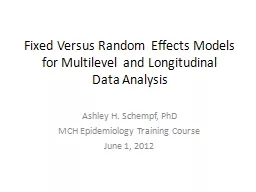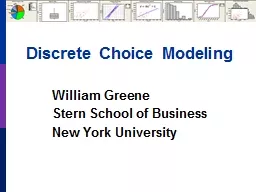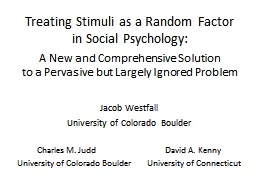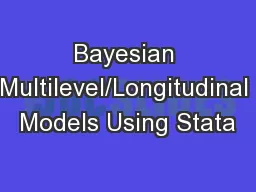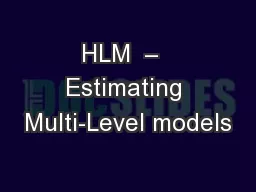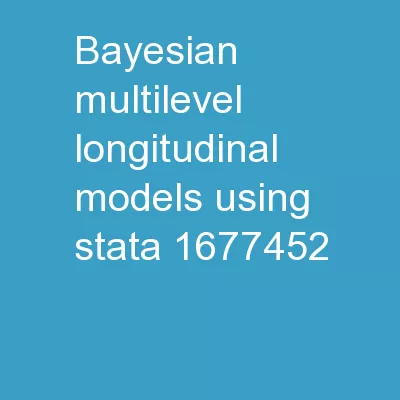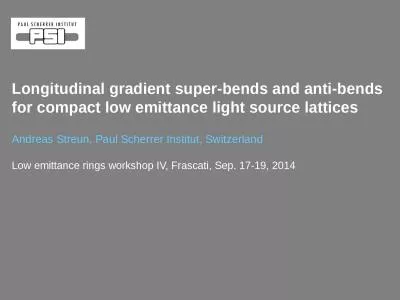PPT-Fixed Versus Random Effects Models for Multilevel and Longitudinal
Author : lois-ondreau | Published Date : 2018-11-04
Data Analysis Ashley H Schempf PhD MCH Epidemiology Training Course June 1 2012 Outline Clustered Data Fixed Effects Models Random Effects Models GEE Models Hybrid
Presentation Embed Code
Download Presentation
Download Presentation The PPT/PDF document "Fixed Versus Random Effects Models for..." is the property of its rightful owner. Permission is granted to download and print the materials on this website for personal, non-commercial use only, and to display it on your personal computer provided you do not modify the materials and that you retain all copyright notices contained in the materials. By downloading content from our website, you accept the terms of this agreement.
Fixed Versus Random Effects Models for Multilevel and Longitudinal: Transcript
Download Rules Of Document
"Fixed Versus Random Effects Models for Multilevel and Longitudinal"The content belongs to its owner. You may download and print it for personal use, without modification, and keep all copyright notices. By downloading, you agree to these terms.
Related Documents

